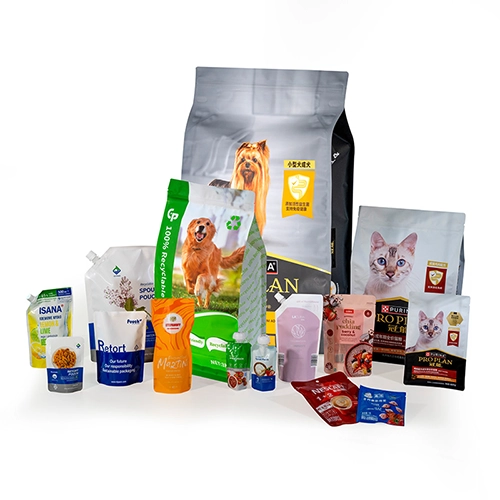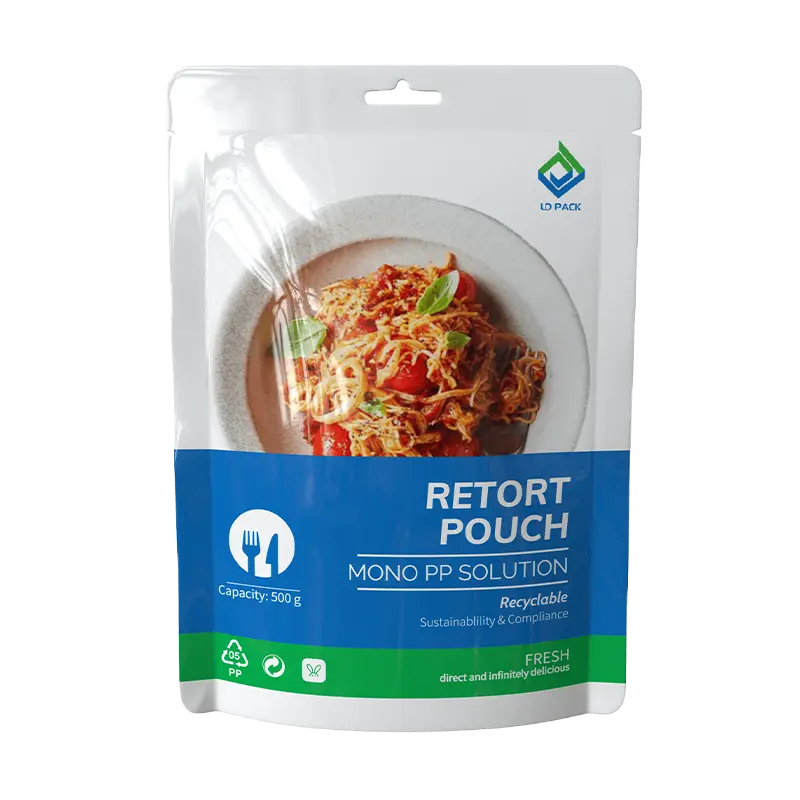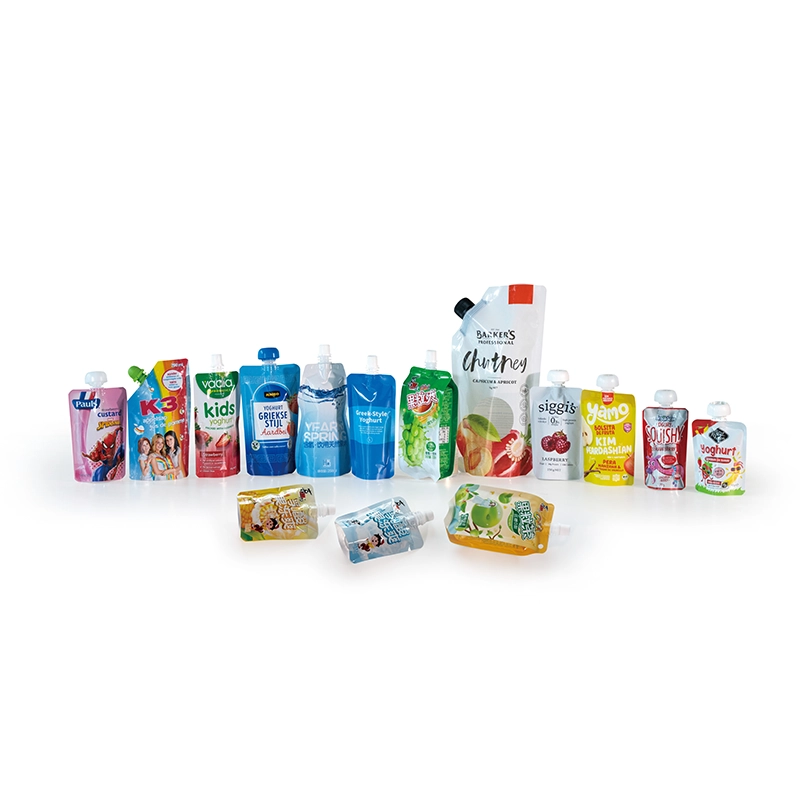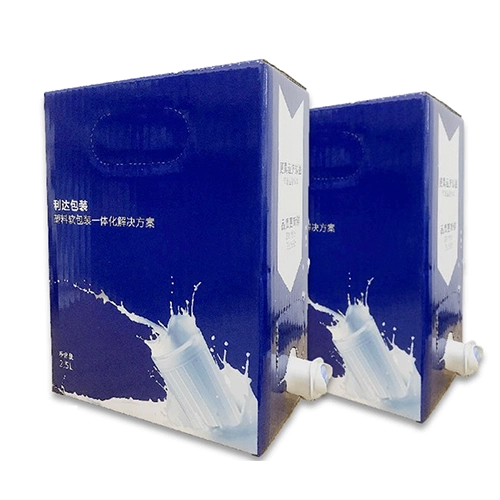Common Issues and Solutions in the Production of Retort Pouches
During the manufacturing process of retort pouches, several common issues may arise. To effectively resolve these challenges, we will conduct a detailed analysis from multiple dimensions. This approach will ensure that the final retort pouches meet higher quality standards and performance requirements.
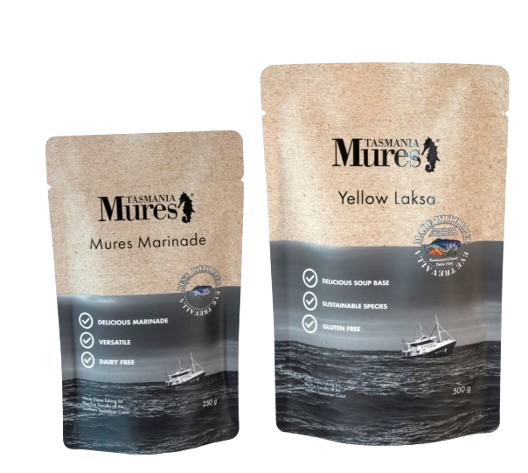
1. Delamination in Retort Pouches
(1) Adhesive Selection and Process Issues
Choose polyurethane adhesives with excellent moisture and heat resistance, ensuring a proper ratio of the main agent to the curing agent to avoid insufficient or excessive cross-linking. Insufficient adhesive coating can weaken adhesion, so control the coating amount and ensure adequate aging time. Regularly check the surface tension of materials like CPP and PA to maintain strong bonding.
(2) Material Compatibility
Avoid combining base materials with significantly different shrinkage rates (e.g., NY outer layer with CPP inner layer). It is recommended to use PET as the outer layer to enhance the dimensional stability of the retort pouch.
2. Broken & Gas Leakage in Retort Pouches
(1) Heat Sealing Defects
Excessively high heat sealing temperatures for retort pouches can cause CPP to melt, resulting in a thinner seal that is prone to pouch broken. The sealing temperature should be adjusted based on the material thickness. Excessive residual gas can lead to a rapid increase in internal pressure during sterilization. To prevent this, control the filling amount of the pouch (below 90% of the pouch's capacity) and optimize the vacuuming process.
(2) Seal Contamination or Inadequate Design
Contaminants like oil or residue at the seal area can weaken the seal strength. Keep the sealing area clean and use ultrasonic sealing technology for better seal integrity. If pouch broken occurs at the seal base, reduce sealing pressure or adjust the silicone pad hardness to avoid excessive compression.
3. Pouch Wrinkling After Sterilization
(1) Mismatch in Material Heat Shrinkage Rates
NY film shrinks up to 5% at high temperatures, making it unsuitable as an outer layer—PET is recommended. Improper tension control can cause deformation after sterilization, so adjust unwinding tension and use thermally stable materials.
(2) Incomplete Adhesive Aging
Insufficient aging agent or low aging temperature can lead to inadequate cross-linking, causing wrinkles and delamination after sterilization.
4. Off-Flavors & Contaminants
Additive Migration
PE film can generate odors at high temperatures; use retort-grade CPP (RCPP) as the inner layer and avoid films with excessive slip agents. Control ink solvent residues to ≤5 mg/m², prioritizing polyurethane-based retort inks.
5. Poor Sterilization Process Compatibility
Temperature & Time Exceeding Limits
Standard retort pouches (121°C/40 min) may suffer from ink discoloration and material embrittlement if exposed to excessive temperatures or extended sterilization times.Sterilization conditions must be precisely matched to the pouch’s temperature resistance. During cooling, a gradual pressure reduction is necessary to prevent excessive internal-external pressure differentials that could cause pouch broken.

